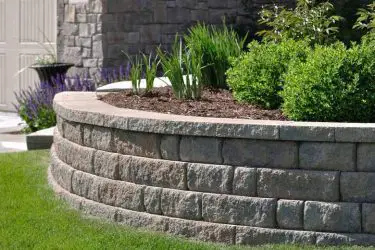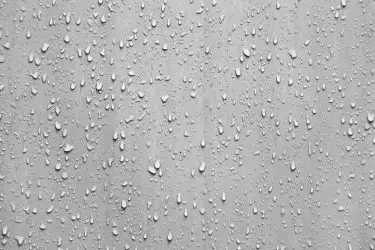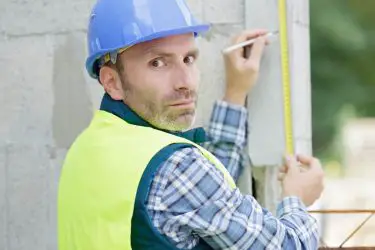Concrete, or at least is primitive form, has been around since the Greeks and Romans have been creating temples and coliseums. Although they used basic materials, it was strong enough to support massive structures for centuries. While that type of concrete was reliable back then in its own formulation, we have tweaked their recipe to be more strong and easier to make.
Natural materials like limestone, clay, and sand are crushed and grounded down over a series of two separate cycles before being placed in a superheated kiln to refine the materials. After being heated for a long period of time, the materials are then grounded down to produce a concrete powder.
Although powder concrete is only one part of a concrete mixture, it is the most important to know about.

Table of Contents
Purpose Of Concrete Powder
The concrete powder is the most essential component of a concrete mixture. It acts like the glue that holds the whole substance together. Concrete powder determines the texture and strength of the concrete mixture that is being made.
Concrete is made when the concrete powder is made into a paste by adding water and then adding aggregates like gravel and sand to the mixture to harden it. The most common type of concrete powder that we use today is Portland cement powder.
Origins of Powdered Concrete
The concrete powder was first made in England by a man named Joseph Aspdin. Joseph Aspdin was a bricklayer of the 19th century. Aspdin was looking for a substance to replace the widely used Roman or natural cement. This type of cement was made by combining lime and volcanic ash. This type of cement was being used since 27 BC.
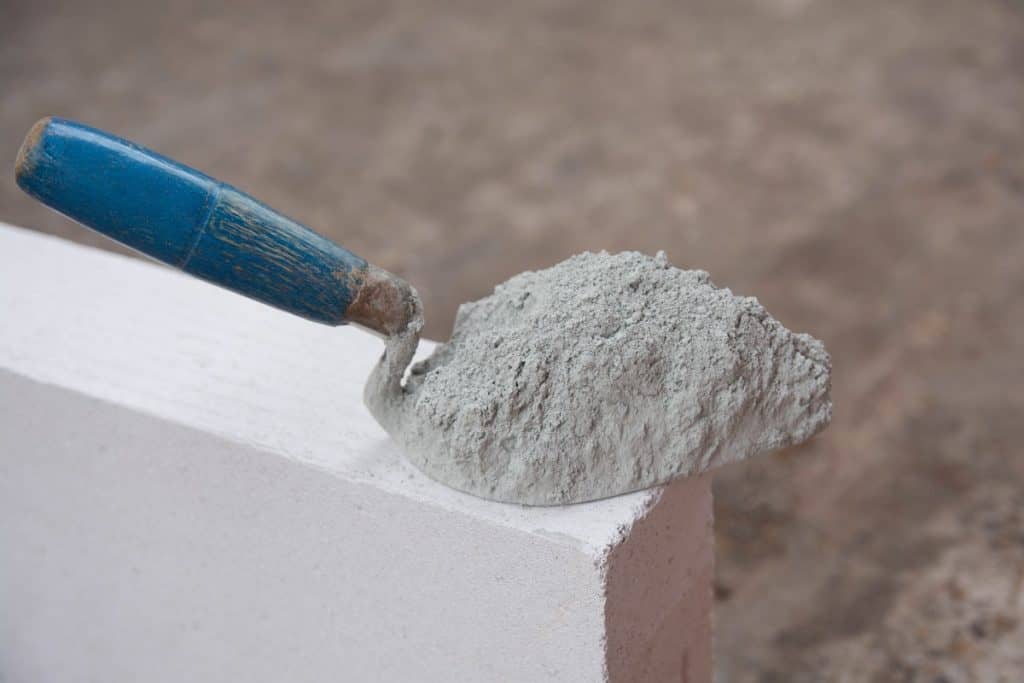
He experimented with materials by burning limestone and clay on his kitchen stove. The result was the base needed to produce powdered concrete.
He was able to make hydraulic concrete, a type of concrete that would harden with the addition of water.
He coined the term “Portland cement”, after similarity in a look that it has to Portland stone. Portland cement is the most common type of cement used today.
What Is It Made Of?
Concrete is made up of a variety of natural and raw materials. Some manufacturers use calcium, silicon, aluminum, iron, and other ingredients for their mixtures.
Other common ingredients used to make powdered concrete include limestone, shells, and chalk or marl combined with shale, clay, slate, blast furnace slag, silica sand, and iron ore.
But the most common, and basic combination used for concrete powder is limestone, clay, and sand.
How To Make Powder Concrete
Aquire Raw Materials
The first step in making powder concrete is getting the correct raw materials to make it. Quarrying rocks takes a lot of effort and heavy machinery. Quarries are located based on the natural resources of the location.
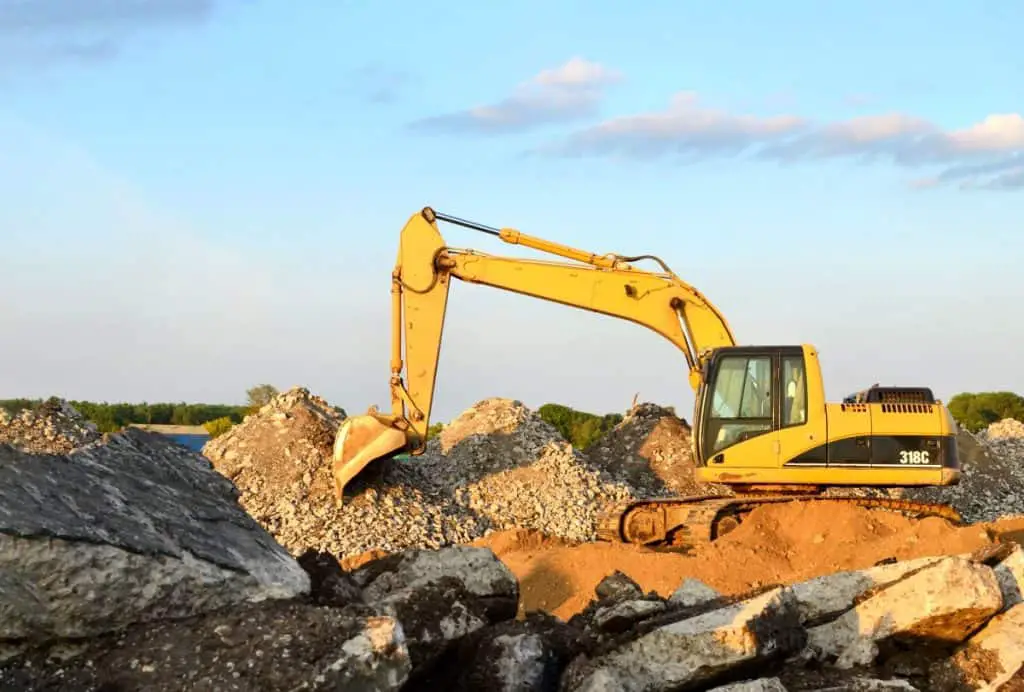
It is fairly easy to find gravel and sand quarries, as these resources are easy to find in their natural and raw form. Other materials such as limestone, shells, iron ore, and slate, will depend on the location.
Some manufacturers sell the raw materials in bulk straight from their own private quarries. This option is easier because it takes out the manual labor needed to perform to quarry the natural resources.
Grind Raw Materials
Once the raw materials that are needed to create the powdered concrete are gathered, they are going to be grounded down. When mining raw materials, they are broken off into big chunks of earth.
Since the concrete powder is a very fine and silky substance, it will need to undergo a few processes to get it to the right size and texture.
Raw materials like limestone, clay, and sand are taken to a processing plant where they will be crushed down into a smaller size. This process takes several stages to achieve the right size.
Also Read: Here’s How a Concrete Batch Plant Works
The first stage of crushing the materials reduces the size of the rock to about 6 inches in diameter. The second stage takes the rock and crushes it to the size of 3 inches or smaller.
Heat Materials In Kiln
Once the raw materials have been reduced in size, they are now able to be heated up inside a rotary kiln. A rotary kiln is a cylindrical, rotating tube designed to withstand high temperatures to bake the substances that are placed inside.
Kilns are most commonly used in pottery, but the ones used for concrete are bigger, hotter, and more intense.

The kilns used in the concrete powder-making process are still rotary kilns that are lined with a special firebrick to withstand the very high temperatures the materials inside are subjected to.
Kilns can be as much as 12 feet in diameter and at times longer than 400 ft.
Kilns are big industrial machinery needed to heat a lot of material at once. The kilns are made to be more inclined at one end so gravity will feed the materials through the kiln from the beginning to end.
The raw and natural materials are placed into the slightly higher end of the rotating kiln. While there, the materials are expected to be exposed to temperatures reaching 1450 to 2700 degrees Fahrenheit.
While the raw materials are exposed to high heat, elements in them are burned off and turned into gas. The remaining elements of the raw materials are combined in a chemical reaction to form a new substance called clinker.
This clinker is the result of the kiln. Clinker usually appears as a small grey ball, usually the size of a gumball. This new substance comes out of the kiln fairly hot and needs to go through a couple of calling processes before it is at a temperature to handle to move onto the next step.
Grind Clinker Into Powder
After the clinker is cooled, it is put through other processes to grind and crush it into smaller pieces. This will be the final step in making cement, so the end result will be a very fine powder. Once it is crushed, it is combined with other raw materials like gypsum to complete the mixture.
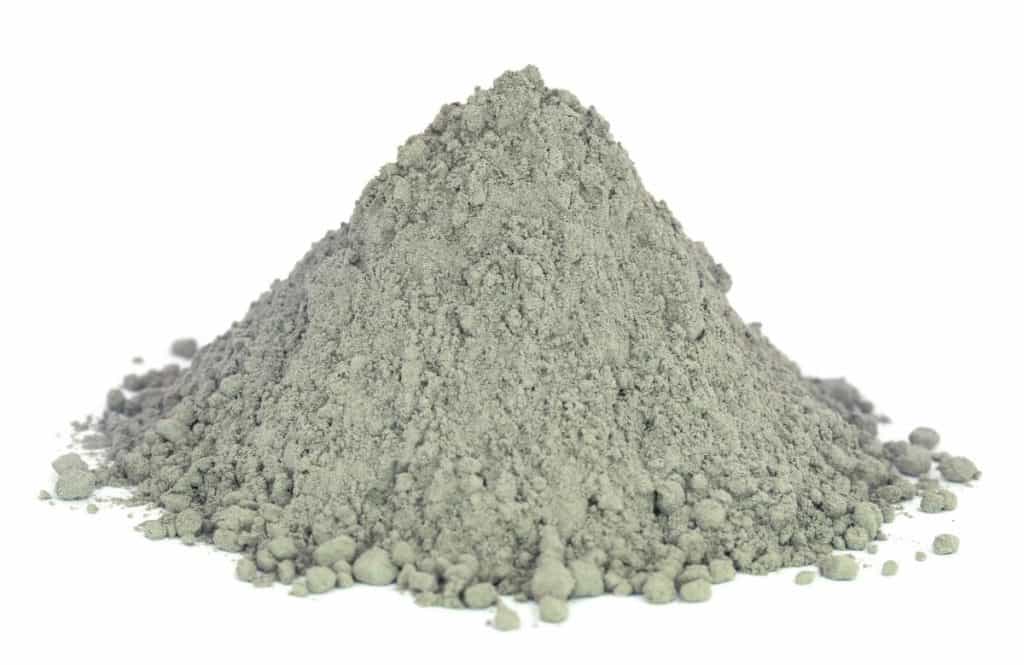
The result will be concrete powder. This concrete powder can now be combined with water and aggregates to form strong concrete to be used on any project.
Read more: How to Mix Concrete the Right Way

